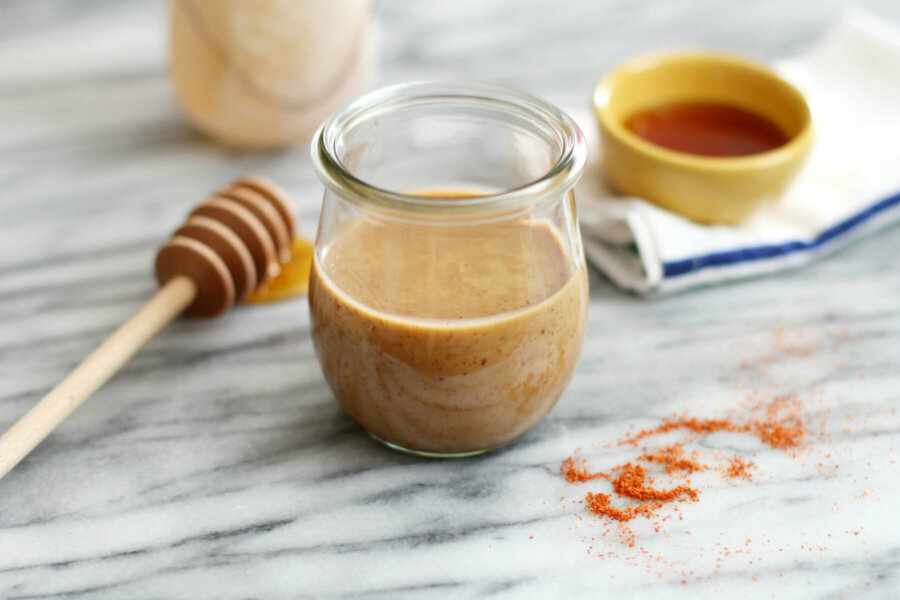
They call it “the kill zone.” Just outside the Nicaraguan capital city of Managua, the Masaya volcano smokes as magma sloshes and bubbles near its surface. Clouds of noxious fumes and slow-cooling lava wipe out any traces of life. But when a team of scientists visited, they saw something unexpected: life. A little bee, Anthophora squammulosa, was zipping through the ash heaps looking for nectar and burrowing in a pile of volcanic debris. The find, a shock on this unforgiving mountain, makes these insects the first of their genus to be found living in volcanic ash, a rare home for any bee.
The search started when pollination ecologist Hilary Erenler was researching her main passion, neotropical butterflies. Erenler, a visiting researcher at the University of Northampton in the United Kingdom, has been traveling to Masaya since 2008 mostly on her own dime to study the behavior of colorful pollinators like the rare Godman’s metalmark. But early on, she noticed the activities of another pollinator: bees.
The bees she saw nested almost exclusively in one patch of Masaya. There, temperatures climbed as high as 42°C, and an acid rain—caused by sulfur dioxide fumes from the volcano—occasionally lashed the upper reaches of the mountain. Nothing visible grew. She wondered: Why were the bees there?
Erenler launched a study with researchers and citizen scientists from around the globe. First, they wanted to figure out just how many bees were present—no simple task. She and her team battled the sweltering temperatures and wore gas masks while searching for nests. They visited the site five times over 3 years, and estimated a population of 1000 to 2000 bees. But years of observations left them with more questions, including the mystery of what the bees were eating.
A. squammulosa, like 90% to 95% of bees, is solitary. Single females dig cell-like nests nearly 30 centimeters into the side of the volcano, where they lay their eggs. They then collect pollen and nectar to deposit in the nest for the developing larva to eat after they hatch. Prior research has found that Anthophora bees are not very picky about the plants they pollinate. But when the researchers sampled the pollen from 10 females on Masaya, they were in for another surprise. Fully 99% of the pollen matched only one plant: Melanthera nivea, a tough wildflower that can survive the volcano’s acid rainfall, they write this month in The Pan-Pacific Entomologist. “It’s not an accident,” that the bees are in such a tight partnership with this one plant, Erenler says.
The researchers think that the bees may thrive in the volcano’s hellish landscape because it hosts few predators and parasites that would threaten their survival. It could also be that—because no plants live in the kill zone—their nests aren’t broken up by underground roots.
The discovery “shows that bees are not only amazing organisms, but perhaps more plastic than we suppose,” says Carolina Laura Morales, pollination and bee ecologist at the National Scientific and Technical Research Council of Argentina (CONICET) in Buenos Aires. Other melittologists (bee researchers) are also impressed. Bryan Danforth of Cornell University says that, as far as extremophile bees go, “this one takes the cake.”
But when it comes to conservation, a bee living on a volcano may be more a cause for caution than a hopeful sign of adaptability. “Does it mean we can relax regarding bee conservation efforts?” Morales asks. “No, not at all.” The species ranges from central Mexico to Nicaragua, a habitat threatened by human activities, Erenler notes. And the population living on the volcano may be under even greater threat: Not only could an errant eruption do them in, but because they are specialized to only one type of plant, if that plant dies out, the bees would be left with nothing.
The little pollinators are living life literally and metaphorically on the edge. “I’m expecting that sometime I’ll go back and there will be less bees,” Erenler says. It’s just a matter of what will be the tipping point.
Source: Science Magazine
FoodsCross is the brainchild of a small group of Greek friends who share the restless spirit of true pioneers and appreciate food as a need and a pleasure for body and soul. The people of FoodsCross invested in their very own curiosity and unwavering interest for real, tasty and healthy food.
OUR NUTRITIONIST LOVES QUESTIONS!
BECOME COMPANIONS ON THE FOODSCROSS JOURNEY AND STAY INFORMED ABOUT EVERYTHING CONCERNING THE CULTURE OF FOOD AND ITS WONDERS
CONTACT
FOODSCROSS NATURAL PRODUCTS
60th G. Marinou str.,
16777, Athens, Greece
T/F: +30 210 9600315
E: info@foodscross.com
FOODSCROSS
NATURAL PRODUCTS